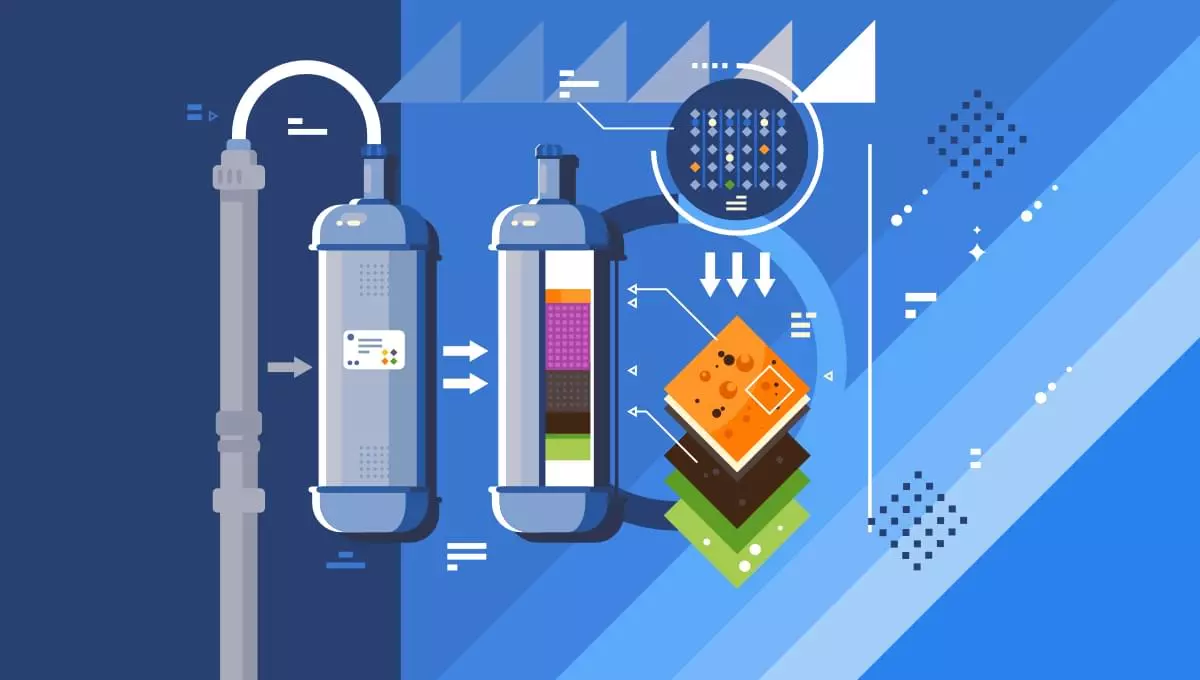Churning, in business terms, refers to the high rate of customer turnover or the process of losing customers and gaining new ones over a given period of time, often resulting from a lack of customer satisfaction, poor customer service, or competition from other companies.
In this guide, we’ll explore what churn is, the impact it has on businesses, and strategies to reduce it.
Table of contents
What is churn rate?
You have established your own company, congratulations!
You are eager to create and expand your customer base. You are looking to make potential customers aware of your product, pique their interest, and try out your product, with the aim of turning them into long-time loyal champions.
Churn, also known as customer attrition or customer turnover, is a term used to describe the rate at which customers stop doing business with you over a specific period of time
It’s a vital metric to track because it provides insight into the health of your company and aids in identifying areas for improvement.
How to calculate churn rate
The churn rate is calculated by dividing the number of customers who stop their business with you during a given period by the total number of customers at the beginning of that period.
The formula to calculate churn rate is:
Churn rate = (Number of customers who churned during the period / Total number of customers at the beginning of the period) x 100
For example, if you had 1,000 customers at the beginning of the month and lost 30 customers during that month, the churn rate would be:
Churn rate = (30 / 1,000) x 100 = 3%
This means that you lost 3 percent of your customer base during that month.
What is a good churn rate?
Talking in terms of a good versus bad churn rate is tricky. What constitutes a “good” churn rate varies by industry and business model.
Some industries may have higher churn rates due to the nature of their business. For example, subscription-based businesses may have higher churn rates than retail businesses because customers may only need the product or service for a limited time.
According to a study by Recurly, the average churn rate across industries is around 5.57 percent, with it being 4.91 percent in business-to-business (B2B) and 6.77 percent in business-to-consumer (B2C).
Universally, though, the lower the churn rate the better you’re retaining customers.
Churn rate vs. retention rate
Retention rate is the percentage of customers that you keep over a specific period. A higher retention rate will result in a lower churn rate.
The formula to calculate retention rate is:
Retention rate = ((Total number of customers at the end of the period — Number of new customers during the period) / Total number of customers at the beginning of the period) x 100
It’s worth mentioning that there’s also a net retention rate. This represents the percentage of customers who continue to use your product over a given period of time after accounting for those who have churned or stopped using it.
You calculate net retention rate by subtracting the churn rate from the retention rate. The formula for net retention rate is:
Net retention rate = Retention rate – Churn rate
What causes customers to churn?
There are several common causes of churn, which can be categorized into three buckets:
Poor customer service
Bad customer service is a major reason for churn. Think about what you do when you have a negative experience with a product. You’re probably more likely to switch to a competitor.
When referring to negative experiences, think about factors like poor quality, slow response times, addressing issues that remain unresolved, and difficult-to-use interfaces.
Incorrect pricing
Customers tend to leave when they feel they’re not getting good value for money. These customers might leave because competitors offer similar products at more affordable prices or if their financial situation changes.
Lack of engagement
If customers don’t use or engage with your product, they eventually lose interest and churn. Here churn may have resulted from a lack of interest or relevance in the product, or if customers discover a better alternative.
Subscribe to our product management newsletter
Get articles like this to your inbox
How does churn impact growth and revenue?
Churn can have a significant impact on your revenue and growth.
Losing customers means an immediate impact on your revenue. If you notice a high churn rate, you’re likely struggling to maintain a steady revenue stream.
In addition, when customers leave, they take their potential for growth with them. Think about how these customers could’ve been returning. Think about the impact to their lifetime value (LTV). Think about the future opportunities of these customers championing your business and referring new customers. Losing those opportunities makes it harder for you to achieve growth.
Increased acquisition costs also impact churn. To balance the loss of a customer, you need to acquire new ones. Acquisition costs are significantly higher than upsell costs because they require more intensive marketing and sales efforts.
And then there’s the negative impact on your reputation. High churn rates are a sign of underlying issues with your business. They lead to negative word of mouth and harm to your reputation, making it increasingly more difficult for you to attract and retain customers.
Strategies for reducing churn
To maintain a healthy business you just need to figure out how to avoid churn getting out of control.
There are several strategies to reduce churn:
Improve the customer experience
Identify areas where your customers experience frustrations or dissatisfaction and address those issues. This may involve streamlining and optimizing processes, improving the user interface (UI), or providing better customer support.
Offer incentives
Everyone appreciates a nice incentive. Think about giving a discount reward to reduce churn.
Offer incentives to:
- Returning customers to show you value their loyalty and increase worth-of-mouth
- Customers who are at risk of churning, such as those who have been inactive for a period of time
Provide excellent customer service
It probably goes without saying that outstanding customer service is critical in reducing churn. It involves not only resolving customer issues promptly and satisfactorily, but also anticipating their needs and providing personalized support.
Using data analytics to reduce churn
Still not hyped and convinced you can defeat churn? This is where data can come in.
Data analytics play a crucial role in identifying and predicting churn. By analyzing customer behavior, you can identify patterns and trends to predict whether a customer is at risk of churning. You can use it to target them with specific offers or incentives to keep them engaged.
It doesn’t stop there you can also use data analytics to predict future churn rates. By analyzing historical data, you can identify trends and patterns that may indicate future churn rates. Use product analytics to develop proactive strategies to reduce churn before it becomes a problem.
Examples of successful churn reduction strategies
Several companies have successfully implemented strategies to reduce churn. Let’s have a quick look at two:
Groove
Groove is a help desk software that allows businesses to manage customer support inquiries. It reduced churn by 71 percent by focusing on creating a delightful user experience and making their product easy and intuitive to use.
It also invested in customer education, providing resources and tutorials to help customers get the most out of the product, which allowed them to reduce churn significantly.
Proposify
Proposify is a proposal software that helps businesses create and send professional proposals to clients.
They reduced their involuntary churn rate by 33% by focusing on improving their customer support and creating a knowledge base that provided answers to common customer questions.
They also implemented a “feedback portal” that allowed customers to provide feedback on the product and suggest new features.
Conclusion
Churn is a critical metric that can have a significant impact on your revenue and growth when overlooked.
Understanding the causes of churn and implementing strategies to reduce it is essential for maintaining a healthy business.
By improving customer experience, offering incentives, providing excellent customer service, and using data analytics to identify and predict churn, you have a good chance of significantly reducing your churn rates and increasing customer retention, leading to long-term success. It’s a win-win-win!
Featured image source: IconScout
LogRocket generates product insights that lead to meaningful action
LogRocket identifies friction points in the user experience so you can make informed decisions about product and design changes that must happen to hit your goals.
With LogRocket, you can understand the scope of the issues affecting your product and prioritize the changes that need to be made. LogRocket simplifies workflows by allowing Engineering and Design teams to work from the same data as you, eliminating any confusion about what needs to be done.
Get your teams on the same page — try LogRocket today.
Source link






Leave a Reply